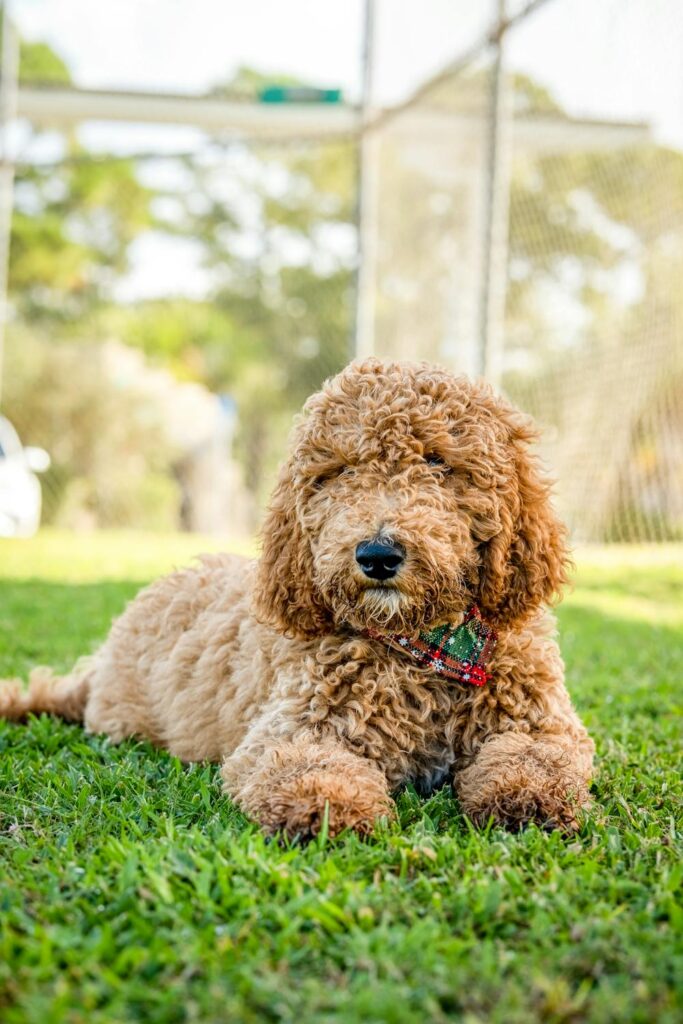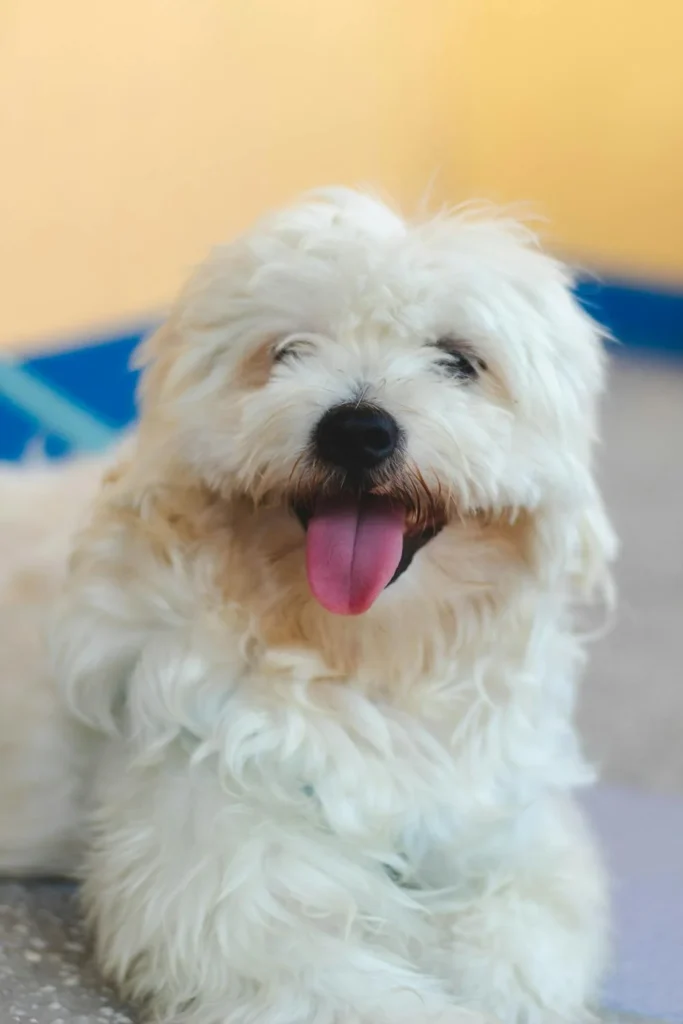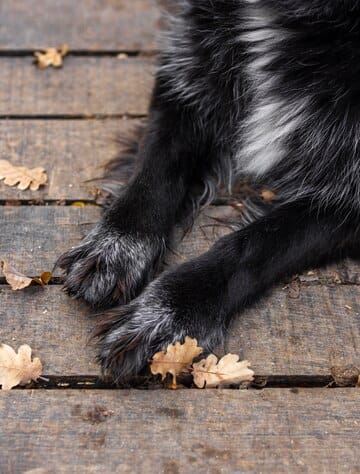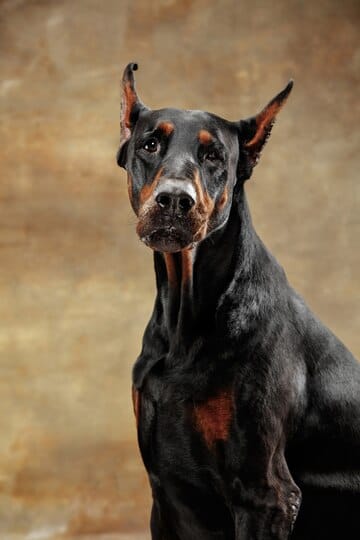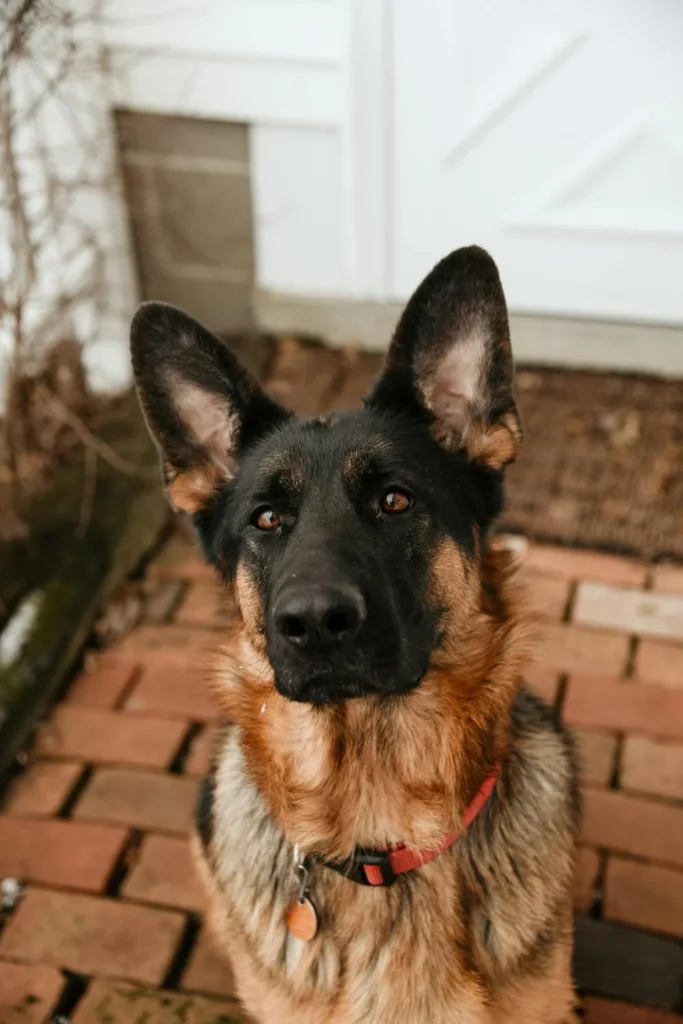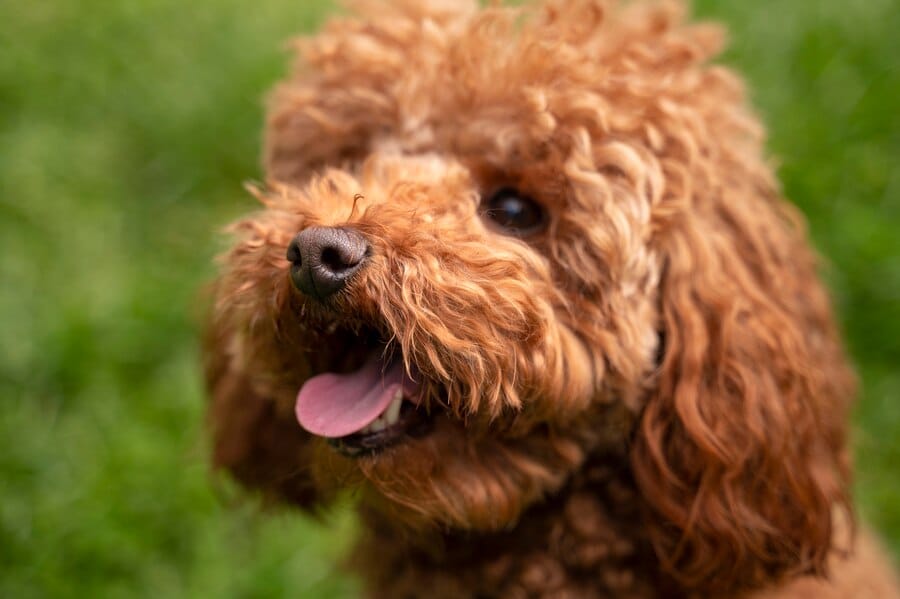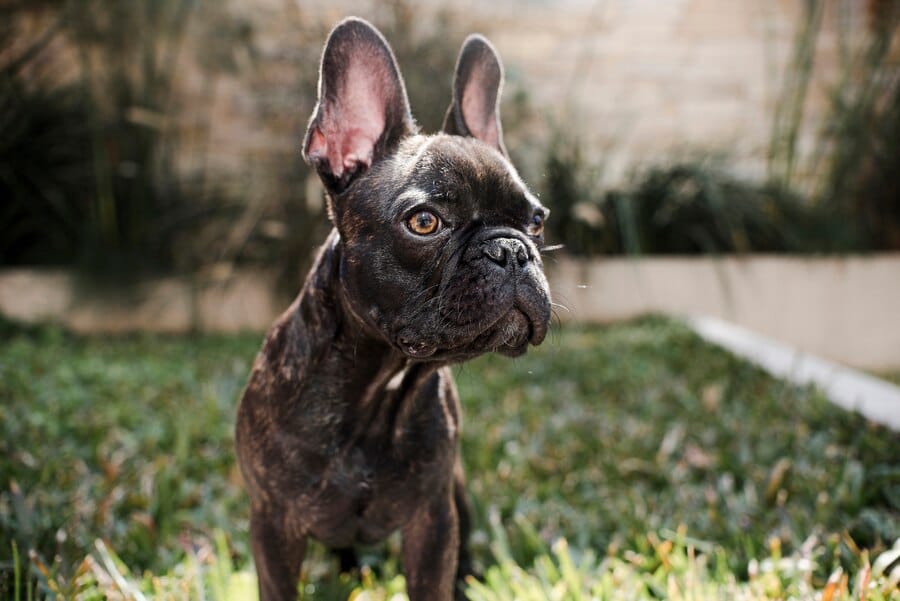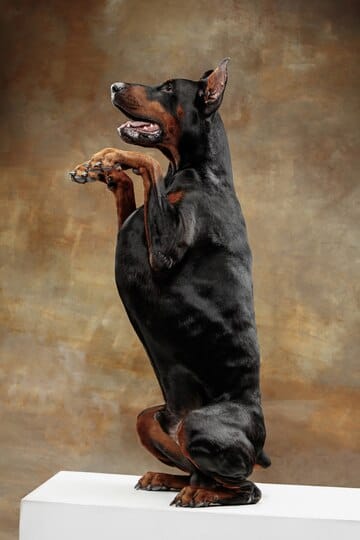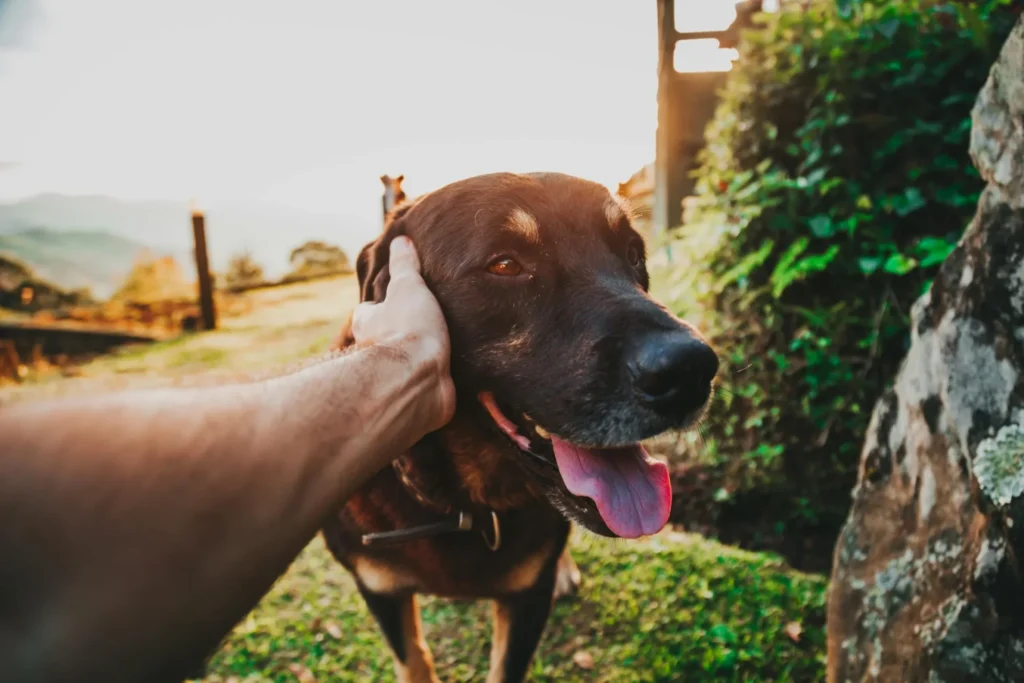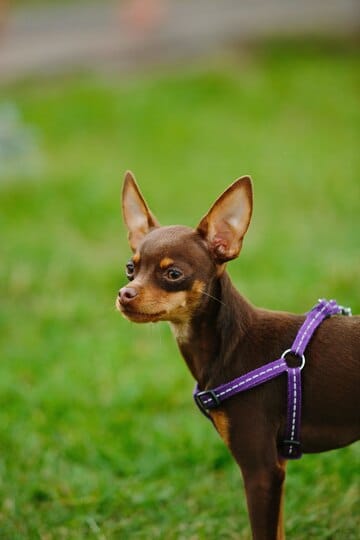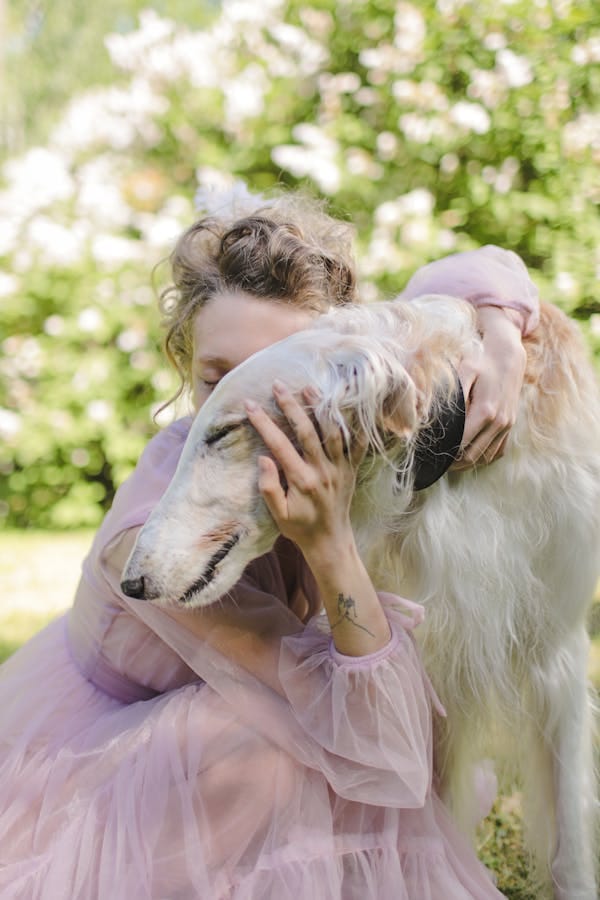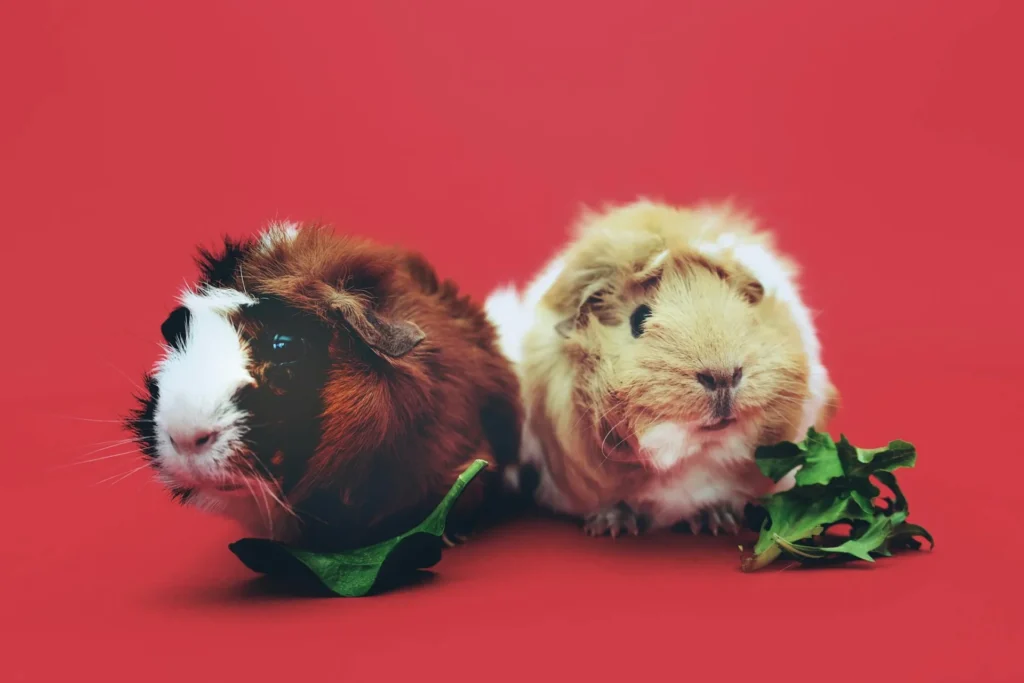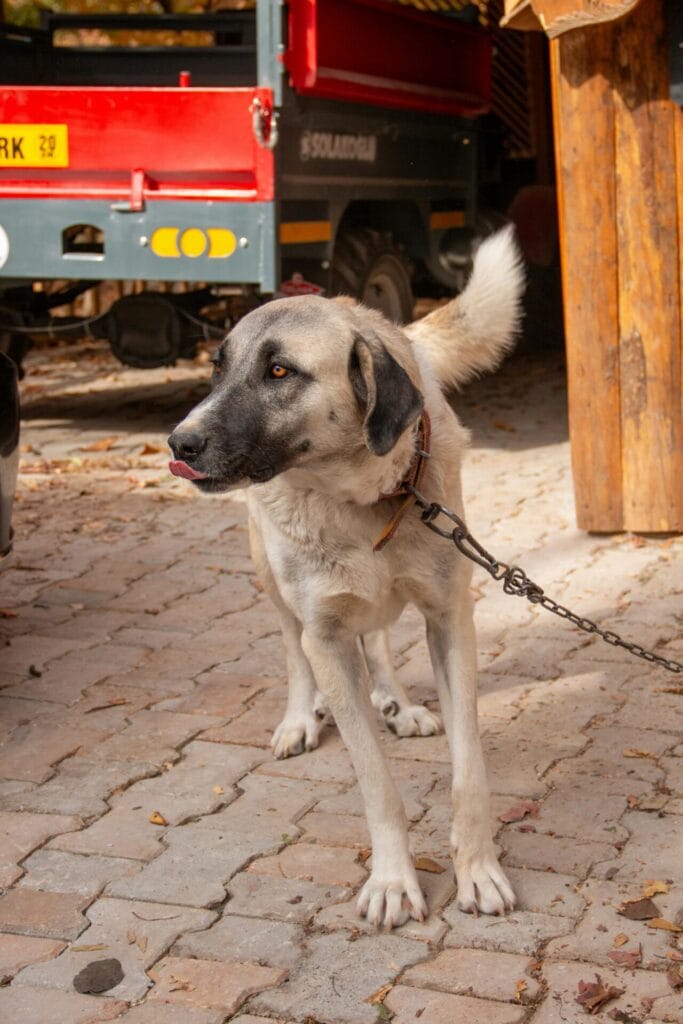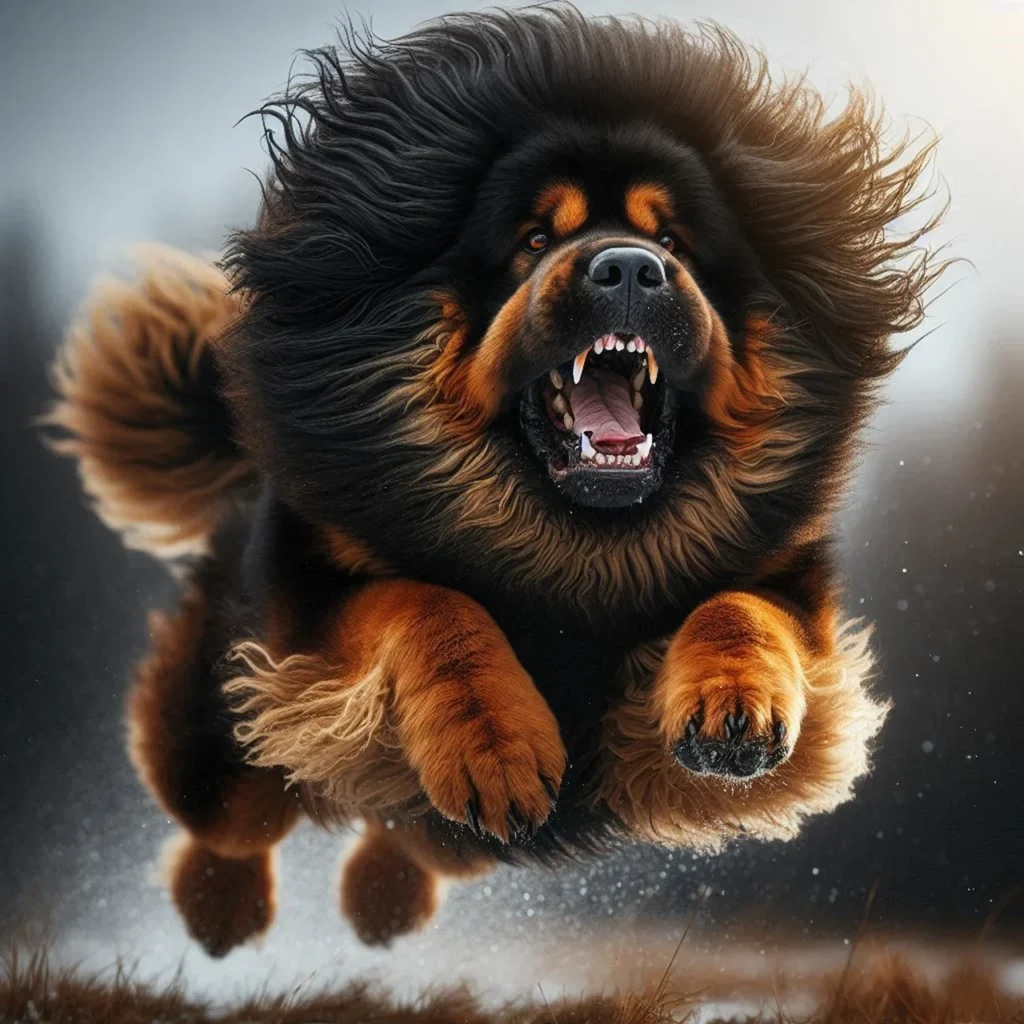- The Poodle Coat: A Unique Challenge
- Essential Grooming Tasks
- Grooming Needs by Coat Type
- The Grooming-Behavior Connection
- DIY vs. Professional Grooming
- Grooming Tools Every Poodle Owner Needs
- Common Grooming Challenges and Solutions
- Grooming and Poodle Varieties
- Tips for Successful Grooming Sessions
- When Grooming Becomes a Battle
- Conclusion
When it comes to poodles, grooming is about much more than just maintaining their iconic look. Proper grooming is essential for your poodle’s health, comfort, and even behavior. Let’s dive into the world of poodle grooming and explore why it’s such a crucial aspect of poodle care.
The Poodle Coat: A Unique Challenge
Poodles have a distinctive coat that requires special care:
- Continuous Growth: Unlike many breeds, poodle hair grows continuously, similar to human hair.
- Minimal Shedding: Poodles shed very little, but this means dead hair can become trapped in the coat if not removed regularly.
- Dense Undercoat: The thick, woolly undercoat can easily become matted if not properly maintained.
Essential Grooming Tasks
- Brushing: Daily brushing is ideal, but at minimum 2-3 times per week.
- Bathing: Every 4-8 weeks, depending on lifestyle and coat length.
- Haircuts: Every 4-8 weeks to maintain coat health and style.
- Nail Trimming: Every 2-4 weeks, or as needed.
- Ear Cleaning: Weekly, as poodles are prone to ear infections.
- Teeth Brushing: Daily is ideal, but at least 2-3 times per week.
Grooming Needs by Coat Type
Poodles can have different coat types, each with its own grooming needs:
| Coat Type | Characteristics | Grooming Needs |
|---|---|---|
| Puppy Coat | Soft, fluffy | Gentle brushing, introduce to grooming process |
| Adult Coat | Dense, curly | Regular brushing, professional grooming every 4-8 weeks |
| Corded Coat | Dreadlock-like cords | Specialized care, separate cords, regular washing |
The Grooming-Behavior Connection
Proper grooming can significantly impact your poodle’s behavior:
- Comfort: A well-groomed poodle is a comfortable poodle, less likely to engage in scratching or chewing behaviors.
- Bonding: Regular grooming sessions can strengthen your bond and make your poodle more receptive to handling.
- Health Check: Grooming allows you to spot potential health issues early, preventing discomfort that could lead to behavior changes.
- Sensory Input: The physical sensation of brushing can be calming for many poodles, potentially reducing anxiety-related behaviors.
DIY vs. Professional Grooming
While some aspects of grooming can be done at home, professional grooming plays a crucial role:
DIY Grooming
- Daily Brushing: Prevents matting and distributes natural oils.
- Regular Bathing: Keeps coat clean and healthy.
- Basic Maintenance: Nail trimming, ear cleaning, teeth brushing.
Professional Grooming
- Haircuts: Maintains coat health and style.
- De-matting: Removes severe tangles safely.
- Specialized Treatments: Medicated baths, de-shedding treatments.
- Expert Assessment: Professionals can spot potential health issues.
Grooming Tools Every Poodle Owner Needs
- Slicker Brush: For daily brushing and detangling.
- Steel Comb: To check for and remove small mats.
- Nail Clippers: For regular nail maintenance.
- Ear Cleaner: To prevent ear infections.
- Dog-specific Shampoo: For regular bathing.
- Toothbrush and Toothpaste: For dental hygiene.
Common Grooming Challenges and Solutions
| Challenge | Solution |
|---|---|
| Matting | Regular brushing, professional de-matting |
| Tear Stains | Daily gentle cleaning, address underlying causes |
| Ear Infections | Regular cleaning, keep ears dry |
| Overgrown Nails | Regular trimming, use of a nail grinder |
| Dental Issues | Regular brushing, dental chews, professional cleanings |
Grooming and Poodle Varieties
Different poodle sizes may have slightly different grooming needs:
- Standard Poodles: Require more time for brushing and bathing due to their size.
- Miniature Poodles: May need more frequent professional grooming to maintain their proportionate look.
- Toy Poodles: Extra care needed around delicate areas; may be more prone to tear staining.
Tips for Successful Grooming Sessions
- Start Young: Introduce grooming early to create positive associations.
- Keep Sessions Short: Especially for puppies or poodles new to grooming.
- Use Positive Reinforcement: Treats and praise can make grooming enjoyable.
- Be Gentle: Especially when working out tangles or cleaning sensitive areas.
- Make it Routine: Regular grooming sessions create a sense of security.
When Grooming Becomes a Battle
If your poodle shows anxiety or aggression during grooming:
- Reassess Your Technique: You may be inadvertently causing discomfort.
- Check for Pain: Resistance to grooming can indicate underlying health issues.
- Gradual Desensitization: Slowly introduce grooming tools and touches.
- Professional Help: Consider a professional groomer or behaviorist for severe cases.
Conclusion
Remember, grooming is an essential part of poodle care that goes far beyond aesthetics. A well-groomed poodle is a comfortable, healthy, and often better-behaved poodle. By making grooming a positive, regular part of your poodle’s routine, you’re contributing significantly to their overall well-being and strengthening your bond in the process.

